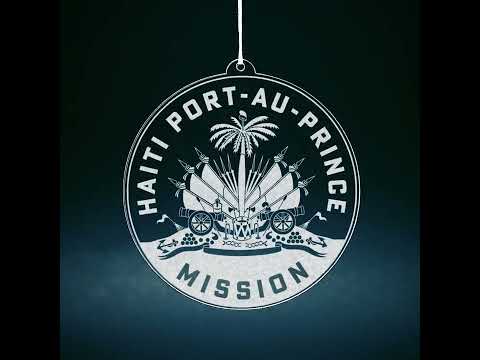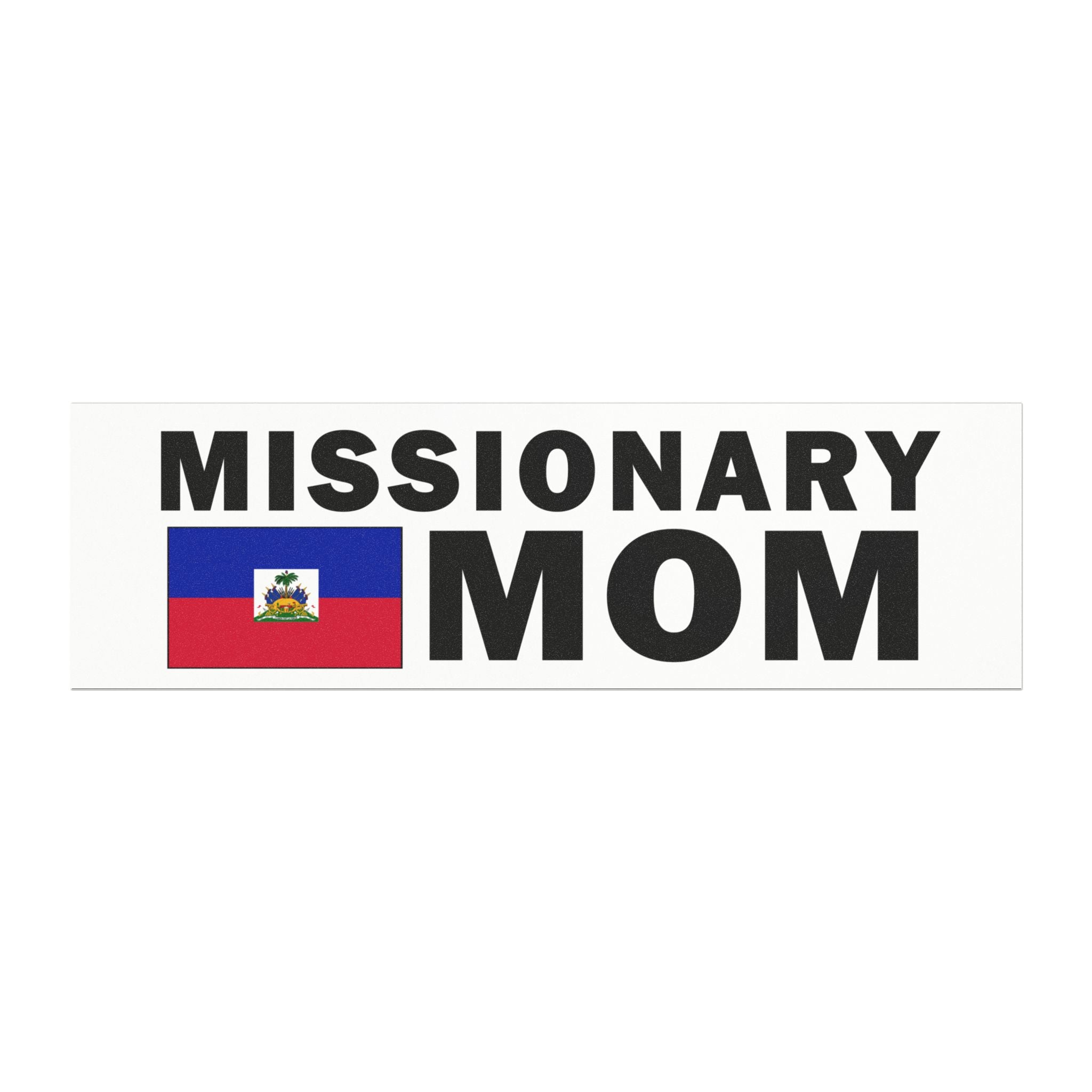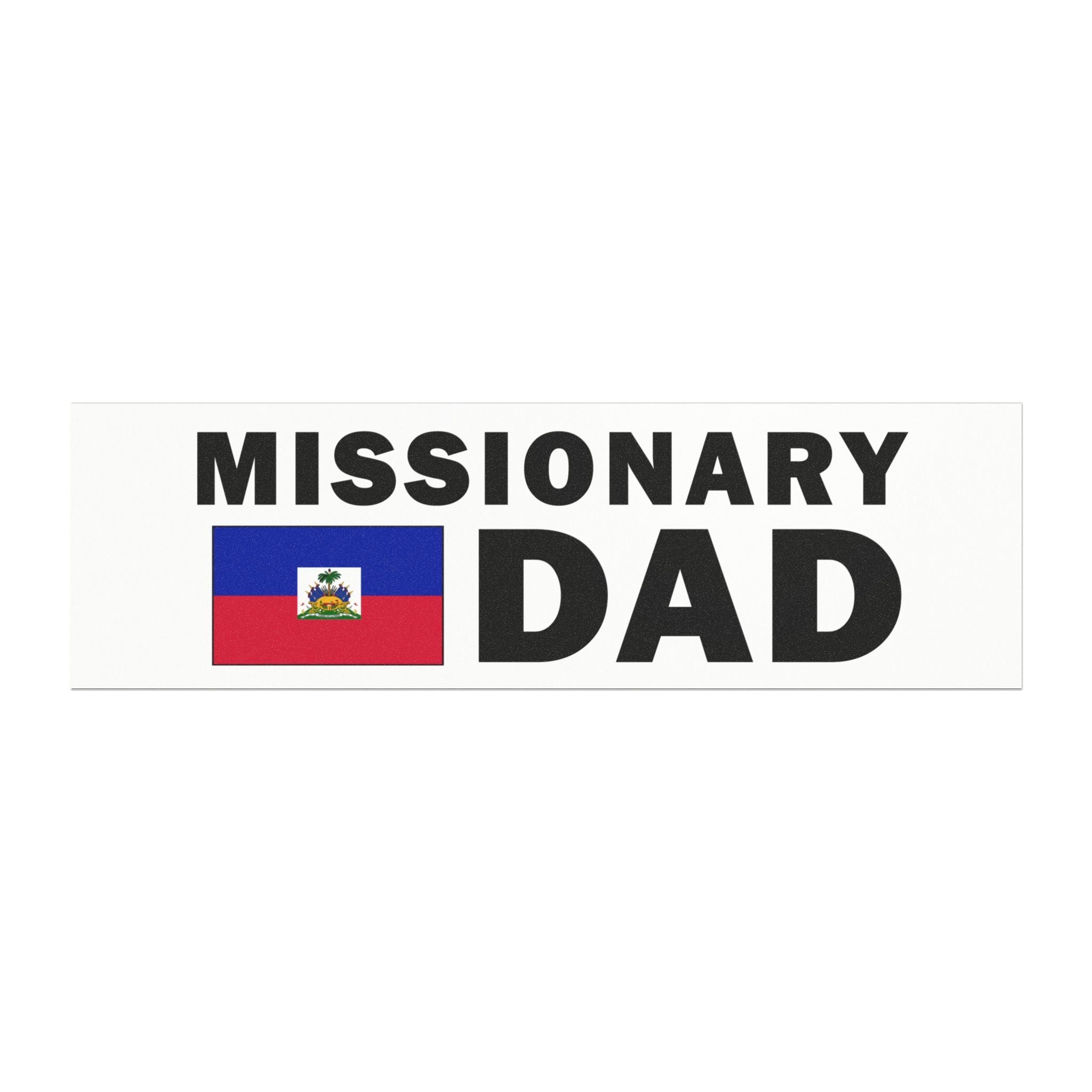In 1977, after reading a pamphlet containing the testimony of Joseph Smith, Alexandre Mourra arranged to be taught by missionaries and was baptized in Fort Lauderdale, Florida. On his return to Port-au-Prince, he preached the gospel and organized regular meetings in Hatte-Marré. In July 1978, 22 Haitian converts were baptized and a branch was organized with Mourra as president.
The gospel spread quickly in Haiti. By 1983, when Elder Thomas S. Monson of the Quorum of the Twelve Apostles dedicated Haiti for the preaching of the gospel, a district with branches throughout the country had been organized. In the face of political discord, economic instability, and natural disasters, the Haitian Saints have proven resilient and faithful. In 1991, when a coup forced foreign missionaries out of the country, Fritzner and Gina Joseph, the first Haitians to preside over the mission in Port-au-Prince, led an all-Haitian missionary force as they continued to preach the restored gospel. When a tropical storm destroyed Gonaïves in 2008 and later when an earthquake leveled cities throughout the country, Haitian Saints helped their neighbors by distributing Church-provided aid and helping rebuild. Haitian Saints have found the truth in Paul’s declaration that when “the sufferings of Christ abound in us, so our consolation also aboundeth by Christ” (2 Corinthians 1:5).
In 2015 Haitian Saints across the globe rejoiced at the announcement of the construction of a temple in Port-au-Prince. The Port-au-Prince Haiti Temple was dedicated in 2019.











































